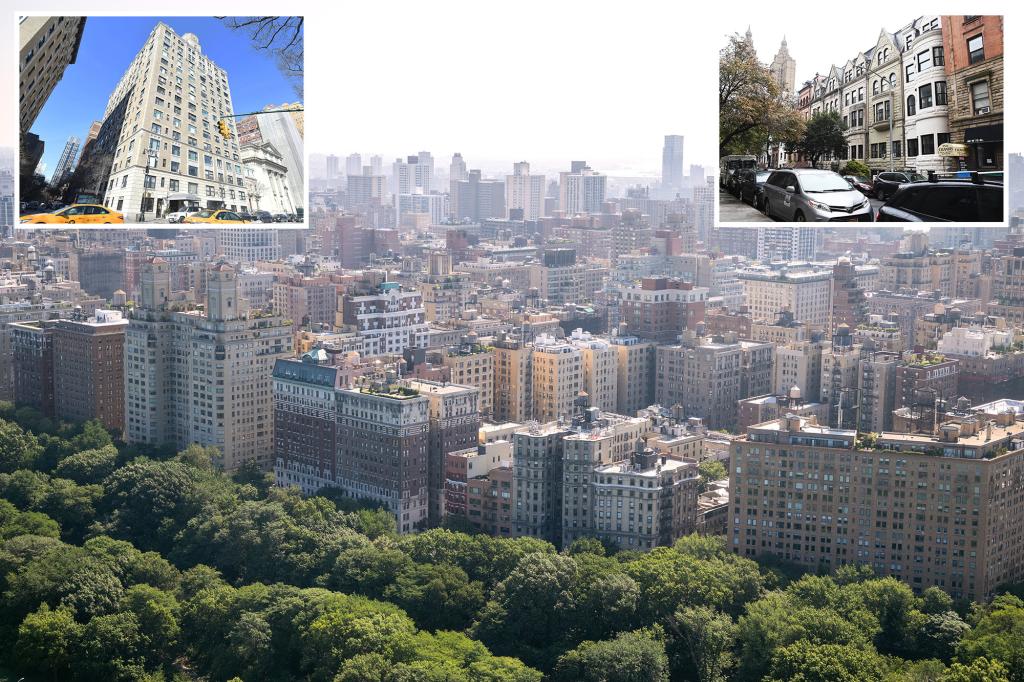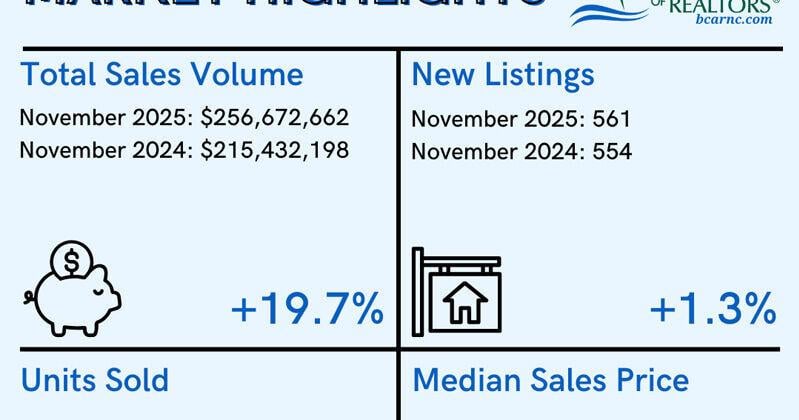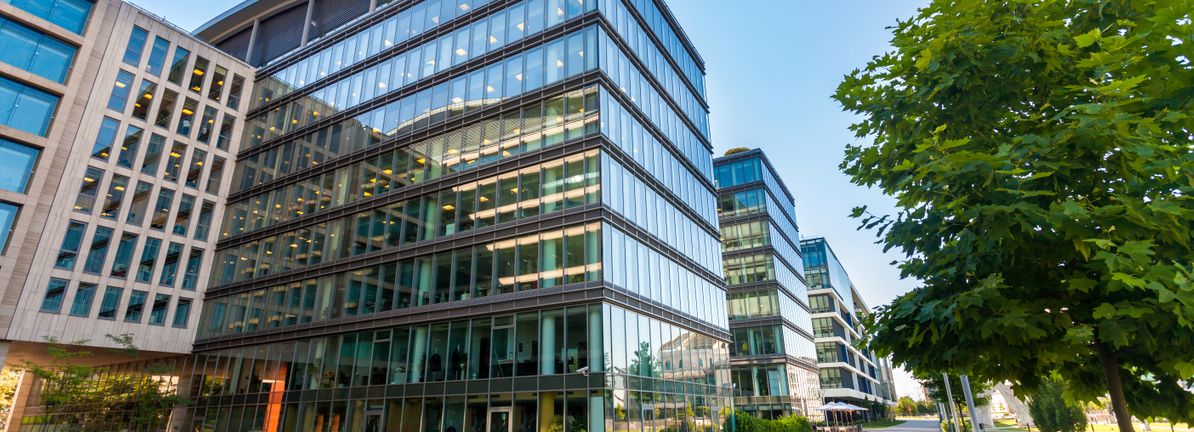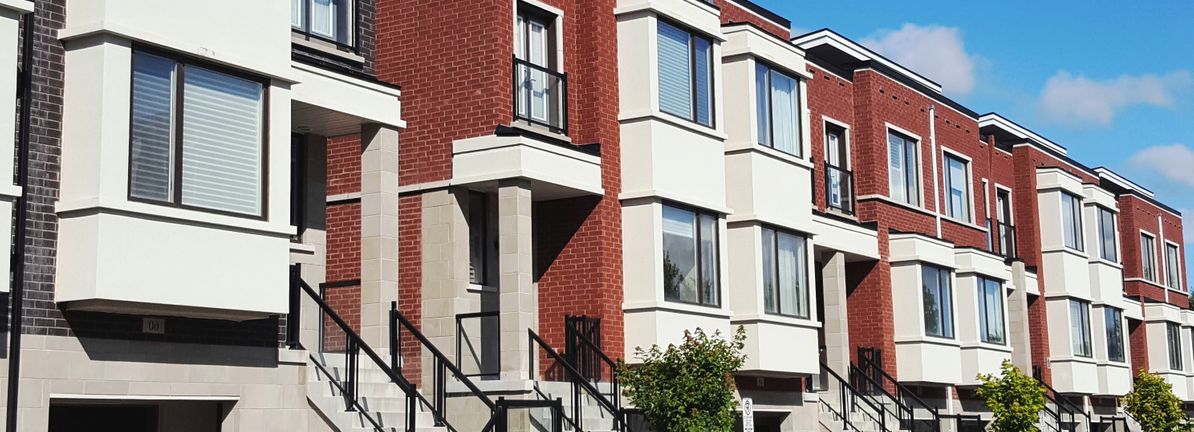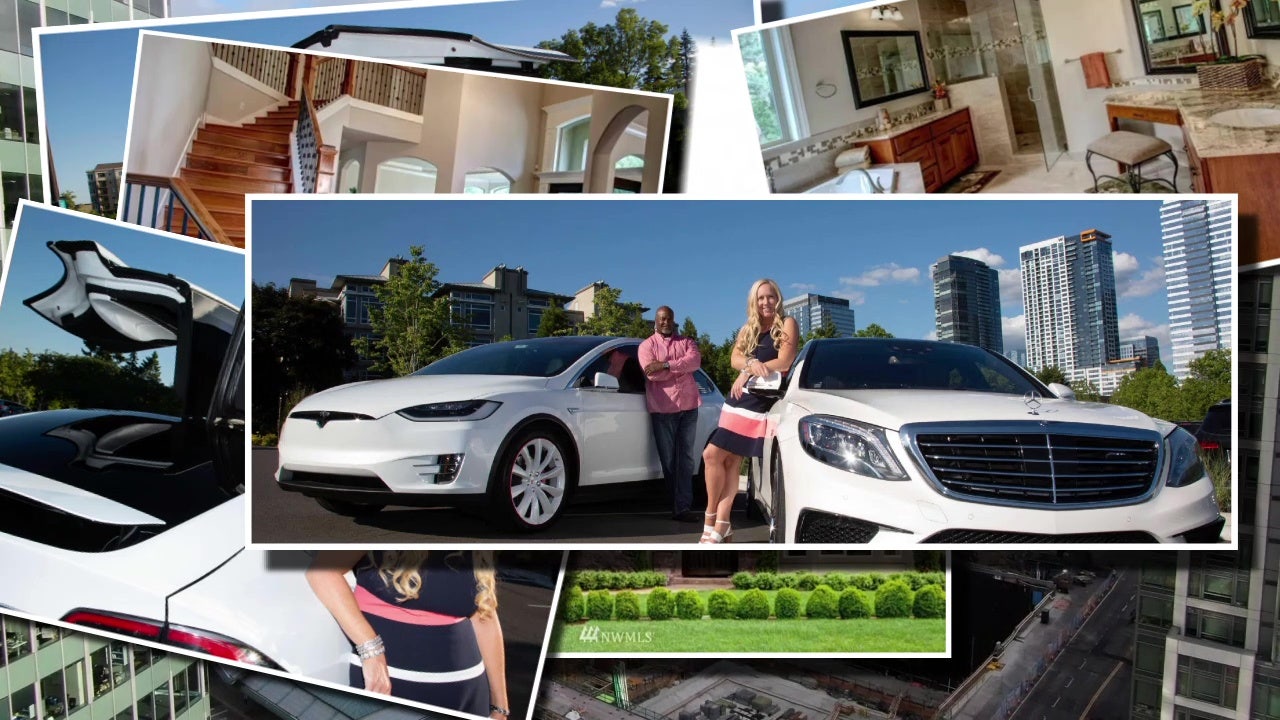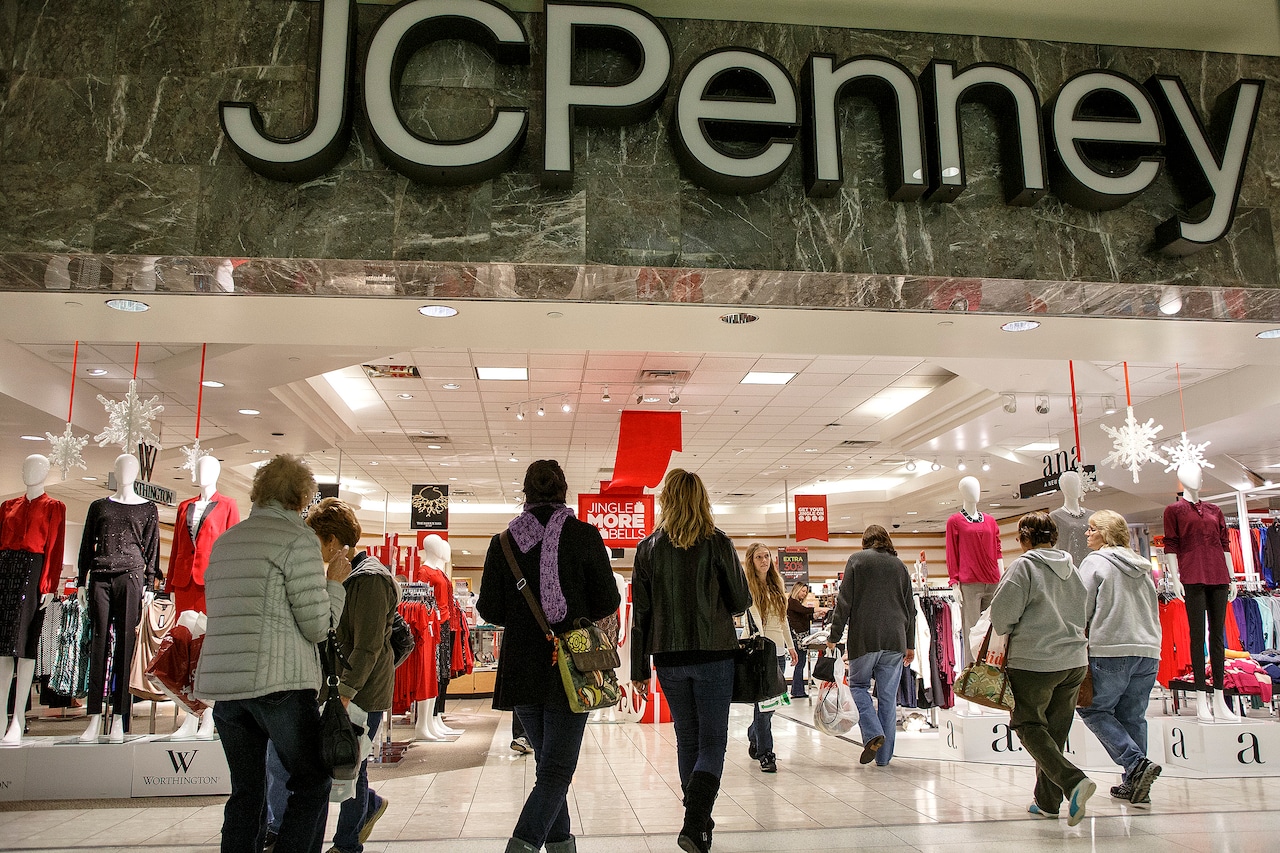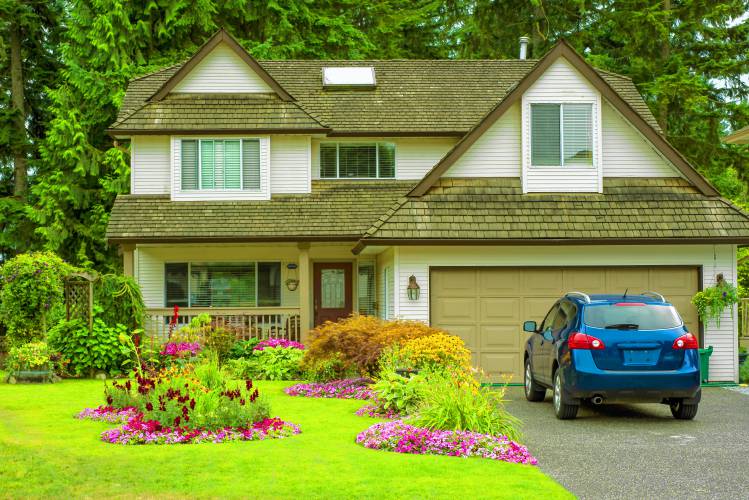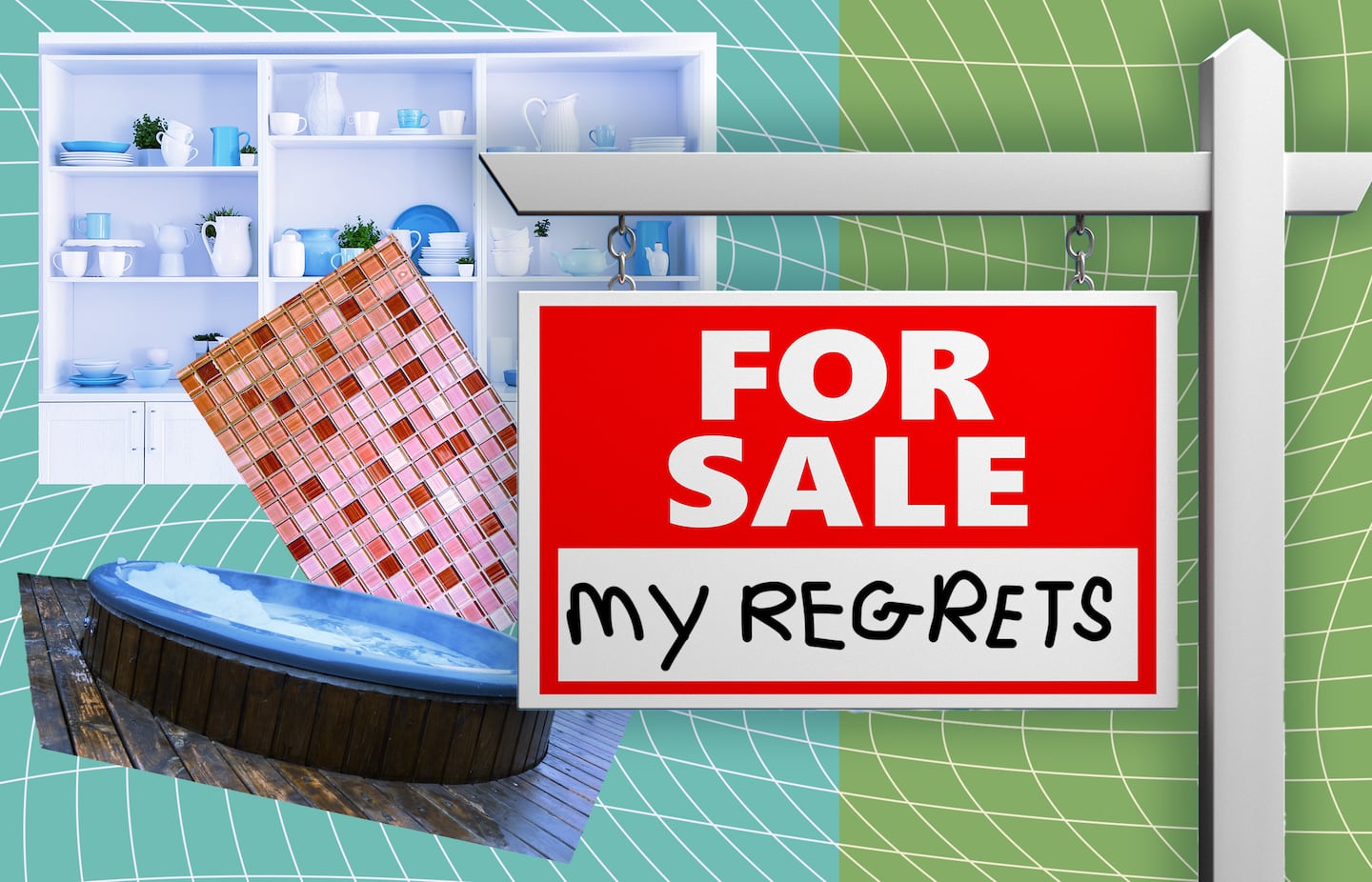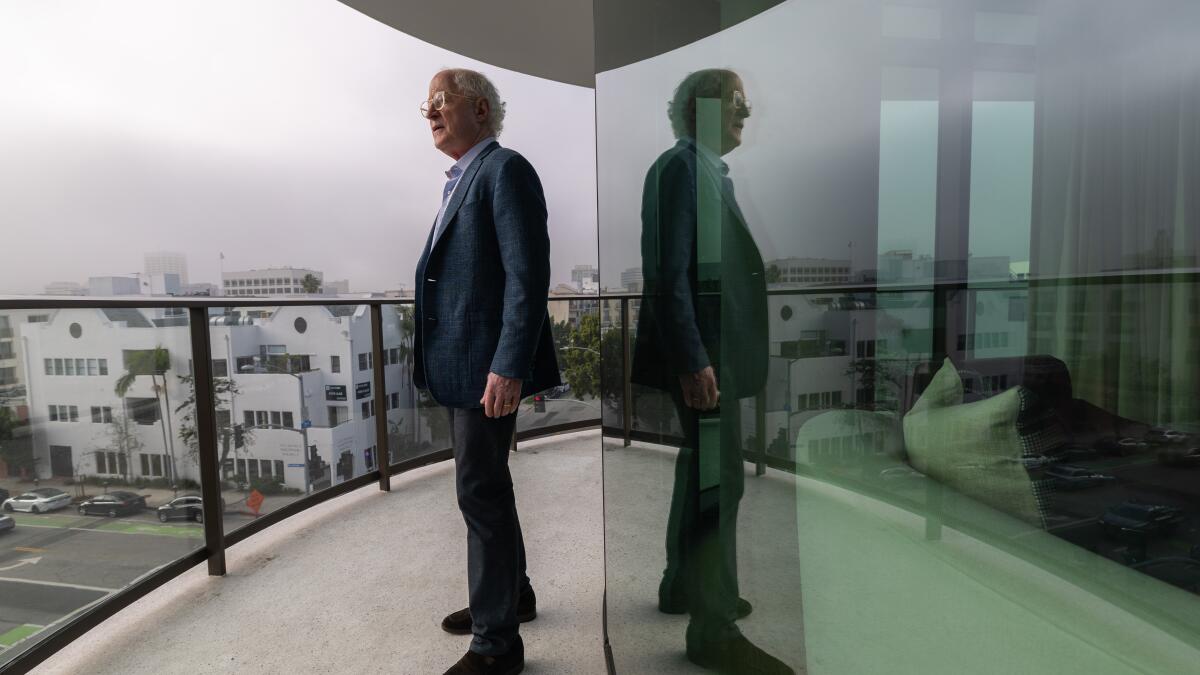I
n the Upper West Side’s most coveted enclave, fresh condominium listings have nearly vanished, sending shockwaves through the market. Corcoran Sunshine Marketing Group projects only 51 new units between now and 2028, a 94 % drop from the 869 units delivered from 2016‑2019. The slowdown has turned the neighborhood into a hotbed of buyer rivalry, especially for move‑in‑ready homes that bypass the renovation grind of older co‑ops.
Quarter‑three data show new‑development sales leapt 41 % year‑over‑year, while resale condo and co‑op sales stayed flat. The median sale price climbed 8 %, buoyed by high‑end new projects. Across the UWS, both new and resale properties changed hands in a median of 76 days—the fastest pace in Manhattan, according to StreetEasy.
The scarcity is squeezing out the more affordable segment. Extell’s flagship 50 W 66th St lists its lowest unit at roughly $3.6 million, whereas resale condos traded at a median of about $1.6 million in Q3. “When demand outpaces inventory, prices rise,” said Miki Naftali, CEO of Naftali Group, a developer active in the area.
The neighborhood is approaching full build‑out. Large parcels are rare, and many streets fall under historic or landmark designations that limit scale and variety. Community opposition further hampers permitting for ambitious projects. The result is a fierce demand and rising prices in a district prized for its schools, culture, and tree‑lined streets.
Ryan Schleis, Senior VP of Research and Analytics at Corcoran Sunshine, explained the trend. “There are macro factors—rising construction and land costs, higher borrowing rates—that force developers to price higher. Financiers are also shifting away from condo projects toward rentals or office‑to‑residential conversions.” Buyers now favor new developments over aging co‑ops, pushing median sales up 8 % and cutting days on market to 76.
On the UWS, zoning and landmark restrictions make it hard to assemble large sites, so most new projects are boutique developments. Conversion supply has largely disappeared since the 2019 rent‑law changes, which made it nearly impossible to convert rental housing to condos. Historic buildings and districts further constrain new supply.
Projects like Naftali Group’s Henry and Toll Brothers’ Rockwell have sold briskly, with 70 % and 86 % of units purchased, respectively—well above Manhattan’s overall absorption rate. Schleis notes that the limited supply will continue to push existing prices upward as buyers who miss out on new builds compete for resale units.
“Living here now requires substantial wealth,” said longtime resident Marcia Kaufman. The few new condos come at a premium: Extell’s 50 W 66th St starts at $3.6 million, more than double the area’s $1.6 million resale median. Opportunities, when they arise, tend to lie north of 86th Street or in rare infill conversions. For example, 720 West End Avenue, a fully vacant building, was converted into a for‑sale project.
Developers cite high land and construction costs, strict landmark protections, and community resistance to tall towers as major barriers. The 2019 law effectively ended the conversion of rental buildings into condos. Schleis acknowledged that new supply will remain sparse in the short term; “once a site is bought, it takes years to bring anything to market.”
He added that the UWS is an extreme case of a city‑wide trend seen in Tribeca, the West Village, and much of Brooklyn. With limited land and escalating expenses, only ultra‑luxury projects are financially viable, pushing the neighborhood further out of reach for middle‑class families.
Because supply is constrained, new projects in the UWS sell faster than elsewhere in Manhattan. The Henry (West 84th St) has sold 70 % of its units since launch, while Toll Brothers’ Rockwell (West 103rd St) moved 86 % of its 81 units. On average, new developments here sell about 66 % of units, versus a 55 % average across Manhattan. Yet these sales are concentrated at the ultra‑luxury end, leaving entry‑level buyers—middle‑class families, professionals, first‑time new‑build purchasers—without viable options. The gap between what’s being developed and what many buyers can afford continues to widen.
